5 Things You Should Know About Cisco's Decision To Fold Spark Into Webex
Cisco has announced that the former Spark platform will be known as Webex Teams, and it comes along with the launch of a new Webex Meetings application, as well as a new Webex Assistant and a Webex Share device.
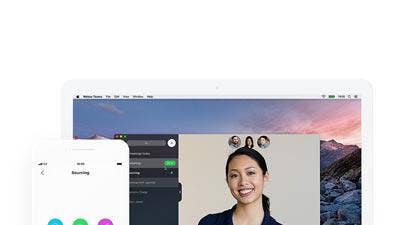
Teamwork
Cisco Systems is doing away with the standalone versions of its Spark collaboration products and folding them into its Webex platform.
The move means the former Spark platform will be known as Webex Teams, and it comes along with the launch of a new Webex Meetings application, as well as a new Webex Assistant and a Webex Share device, Cisco announced at its recent Collaboration Summit in Phoenix, Ariz.
Jonathan Rosenberg, CTO for Cisco's collaboration business, said in a recent blog that bringing the Spark and Webex platform together would help Cisco simplify what had become a confusing mix of applications, features and capabilities while the two systems lived side-by-side.
"The convergence of the Webex and Spark platforms is far more than just a rebrand," Rosenberg wrote. "Significant technical work has gone into combining these platforms."
Bringing the two platforms together also expands audio and video services, unifies the platforms' analytics capabilities and allows Cisco to give Webex the flexibility to be used securely between users and outside companies, a feature that Rosenberg says bests competing collaboration offerings on the market.
Click through for five things solution providers should know about the combined Webex/Spark platform.

Simplify
Existing side-by-side, Cisco Spark and Webex each had its own type of meeting. Users could join Cisco Spark meetings only from the Cisco Spark app, and Webex meetings from the Webex app. "Users could join Webex meetings from Cisco Spark if they were clever," Rosenberg wrote, "but they did not get any of the critical meeting features." By bringing the two platforms together, everything becomes a Webex meeting with a single feature set. Users can join Webex meetings from either the Webex Meetings app, or Webex Teams. Cisco Spark Boards will get firmware updates to usher in Webex technology.
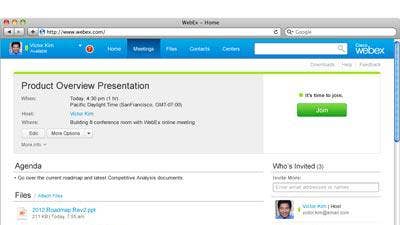
Cloud Considerations
The differences between Cisco Spark and Webex didn't stop at capabilities and accessibility, but went all the way to the cloud. Webex meetings are supported by servers in Webex data centers, and Webex's IP network, which allowed for global transport between customers' service providers and those servers. Cisco Spark, on the other hand, was based in public clouds. Now, the platform will use a hybrid model. All meetings will be supported by the Webex backbone, including servers in both public clouds and Webex data centers. The company says the arrangement gives customers high quality audio and video with low latency across the entire combined platform.
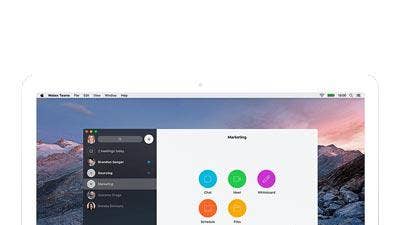
Unified Analytics
Cisco Spark's Control Hub management tool will become the analytics solution for the entire platform. Prior to coming together, Cisco Spark's Control Hub and Webex's site administrator separately provided users with analytics capabilities. Control Hub will now support Webex Meetings and Webex Teams. The company said going with Control Hub means the analytics functions for Webex Meetings "have taken a significant jump forward."
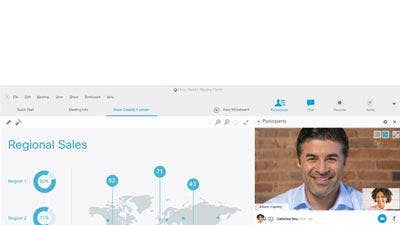
Media Mesh
The newly combined Webex also includes Cisco Spark's hybrid media service, which allowed customers to deploy servers on premises for audio, video and content sharing in Spark meetings. Cisco is renaming the service 'Video Mesh.' The service previously worked only with Cisco Spark, but can now be used for any Webex meeting type, as well as by users joining via cloud-connected video endpoints or the Webex Teams app.

Security Team
Rosenberg writes that Webex Teams simplifies and strengthens security for platform users by allowing all users to reside in a single, shared cloud instance, each with a single account, rather than using guest accounts. The system allows users to work with people inside and outside their company from the same application. It also allows companies to ensure that employees don't share confidential information, and can detect and remediate the situation if they do. Rosenberg says the Webex system is superior to competing platforms that allow for the creation of guest accounts.
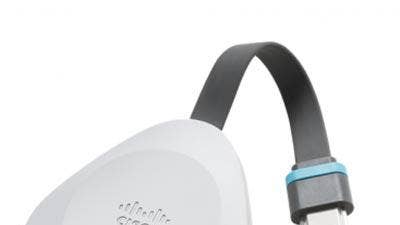
Sharing Is Competitive
The Webex Share device is a USB dongle that aims to make any television a viable option for Webex screen sharing and meeting management, giving compatible TVs the ability to deliver the same user experience as dedicated Cisco hardware or software platforms. In an online Q&A with analysts and reporters, Rowan Trollope, Cisco Senior Vice President and General Manager, Applications, said Webex Share is a good way for partners to bring customers to Webex through underused corporate video systems.